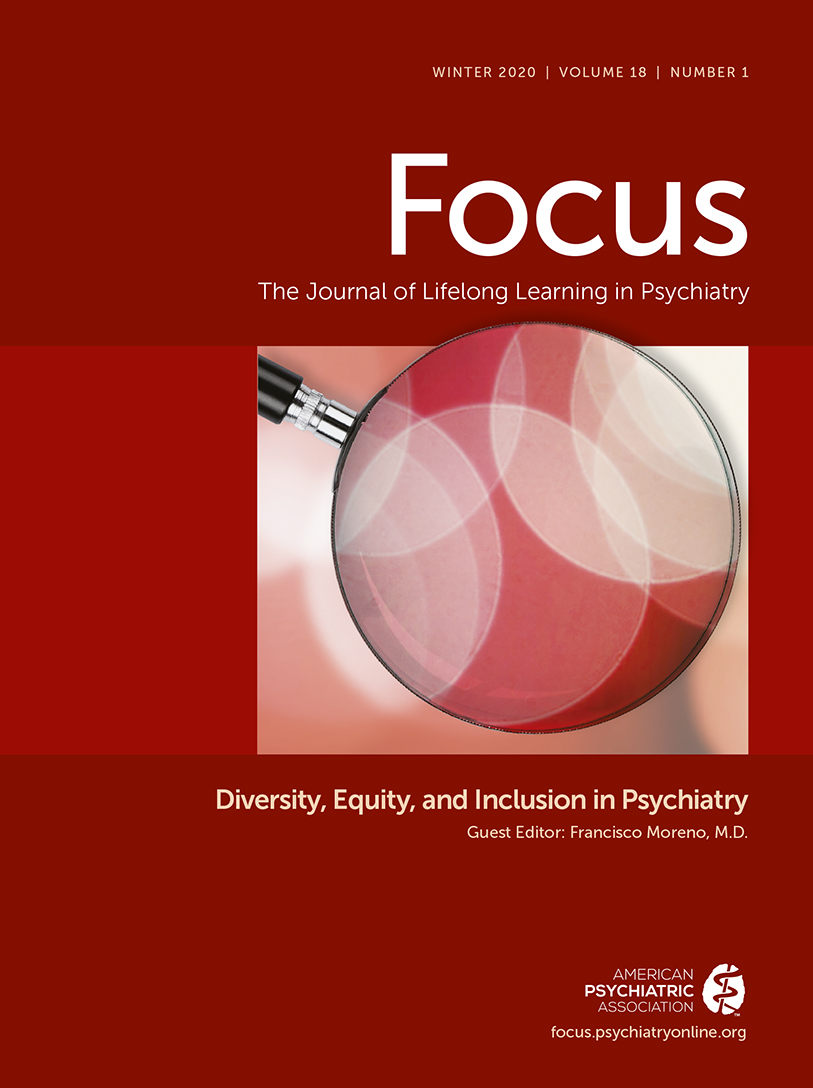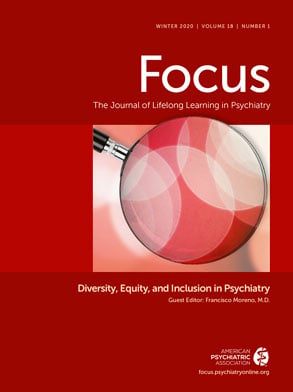Vaping is the layperson’s term for using an electronic device to vaporize a solution that the user can inhale. These devices have various names, including vape, e-cigarette, mod, or box. This article uses the term
ENDS (electronic nicotine delivery system). Vaporizing devices have existed for over a century, and the first electronic cigarette was patented in 1965 (
1). Subsequent decades saw several attempts at commercializing devices that combined heating elements with nicotine inhalers, but modern ENDS became widespread in the 2000s, when a Chinese pharmacist, Hon Lik, created a commercially successful nicotine vaporizer as a cigarette replacement (
2). Since then, different companies have begun producing various designs and sizes of ENDS, including single-use disposable models, reusable devices that hold prepackaged cartridges, and larger machines with interchangeable tanks that the user fills with substances of their choice. These products permit inhalation of various liquids, waxes, and oils, including nicotine solution, tetrahydrocannabinol (THC) concentrates, alcohol, and flavored liquids. Smokeless ENDS have little to no smell or visual clue that they are being used. This discretion makes them popular devices in schools, colleges, and other institutional settings. Because of the ability of users to add psychoactive substances to ENDS, access to these devices is increasingly being restricted in psychiatric and chemical dependency (CD) treatment settings.
Some ENDS models can also be attached with converters that permit combustion of dry materials (e.g., tobacco, marijuana, and herbs). Clinicians must be aware that patients who use ENDS could be inhaling vapor, smoke, or both. This must be clarified when managing a medication such as clozapine, which is affected by hydrocarbon exposure. Clozapine was the first atypical antipsychotic medication. It has potentially serious side effects and is therefore generally reserved for patients whose treatment with other antipsychotics has been unsuccessful. Because clozapine is a major substrate of CYP1A2, and because CYP1A2 is induced by the hydrocarbons in smoke, cigarette smoking can significantly reduce clozapine plasma levels. Alternating between cigarettes and ENDS can cause variability in clozapine levels and efficacy.
Case Example
The patient was a medically healthy 18-year-old Caucasian male with psychiatric diagnoses of schizophrenia and marijuana, alcohol, and nicotine use disorders. He had a significant substance use history, starting marijuana use at age 14 and smoking 2 grams of marijuana per week, with intermittent use of edibles (food products infused with marijuana), and dabs (high-concentrate THC oil that comes in various forms for smoking and vaporizing). Nicotine use began at age 14 in the form of cigarettes, ENDS, and chewing tobacco. He began drinking alcohol at age 16, consuming one liter of liquor every other weekend, with no history of alcohol withdrawal. He occasionally used mushrooms, MDMA (3,4-methylenedioxymethamphetamine, or “Ecstasy”), and methamphetamine, and he smoked heroin.
At age 17, he was brought to the emergency room for four weeks of worsening verbal and physical aggression, auditory hallucinations of voices making demeaning comments, response to internal stimuli, and paranoia. Toxicology was positive solely for marijuana. He was admitted to psychiatric inpatient care. Risperidone was trialed without benefit and then cross-tapered to olanzapine, with improvement in psychosis. After hospital discharge, he rapidly relapsed on cannabis. After a rapid 12-kg weight gain while taking olanzapine, his outpatient psychiatrist attempted a cross-taper to ziprasidone, but the patient discontinued ziprasidone and continued olanzapine alone.
The patient turned 18, graduated high school, and moved into his own apartment. He discontinued cigarette smoking and began exclusively vaping nicotine. The patient’s ENDS was a temperature-controlled SMOKTech Alien 220W with a TFV4 tank that held 5.0 ml liquid. He inhaled 1.5 to two tanks per day and denied using diluents or additives. He filled his tank with 24 mg/ml nicotine liquid, resulting in a total daily exposure to 180–240 mg nicotine. However, it is important to note that nicotine pharmacokinetics vary considerably across devices and liquids, so his daily nicotine absorption remained unknown (
3). Within months, the patient was admitted to a medical inpatient unit for an episode of acute methamphetamine intoxication and then transferred to psychiatric inpatient care for severe, persistent psychosis with aggression, paranoia, and hallucinations. During his 19-day psychiatric hospitalization, the treatment team provided nicotine replacement as 21-mg/24-hr patches and 10 mg inhalers (six to 16 inhalers per day). Having trialed three antipsychotics, the patient was titrated to 350 mg clozapine orally at bedtime. After stabilization, trough blood levels were as follows: clozapine, 132 ng/ml (reference>350 ng/ml); and clozapine+norclozapine, total, 256 ng/ml (reference>450 ng/ml). Clinically, his auditory hallucinations decreased to intermittent “whispers.” Aggression, paranoia, and visual hallucinations fully resolved. He had mild drooling but no excessive somnolence or urinary incontinence.
He was discharged to a 30-day residential CD treatment program. In this program, he was informed that patients could not use ENDS because of the potential abuse of controlled substances, and he was only permitted to smoke cigarettes instead. During treatment, he smoked an average of 10 cigarettes per day. His clozapine dose was not adjusted during this time, and his clozapine blood levels were not rechecked. Clinically, he described worsening auditory hallucinations of loud voices making derogatory comments. His behavior became erratic and paranoid. His hypersalivation stopped. Unfortunately, clozapine plasma levels were not measured, and his dose was not adjusted. Upon discharge from the CD program, he stopped smoking cigarettes completely and returned to his previous rate of ENDS use. Clozapine dose remained unchanged, and his auditory hallucinations and paranoia improved over the next three weeks. His hypersalivation returned with daytime drooling and a nighttime “wet pillow sign” (
4) of 10 cm across, suggesting increased serum concentrations of clozapine, which are typically associated with greater clinical effect.
He initiated care with a new outpatient psychiatrist and complained of constant tachycardia, with a resting heart rate of 120–130 beats per minute, shortness of breath, and anxiety. The electrocardiogram showed only sinus tachycardia. Anxiolytic medications were requested by the patient, but he was urged to decrease his high daily nicotine use first; the psychiatrist discussed the risks of headache, tachyarrhythmia, hypertension, myocardial infarction, and nicotine withdrawal with him. He declined nicotine cessation treatment but independently reduced his consumption from two tanks per day to one tank and simultaneously decreased his e-liquid concentration from 24 mg/ml to 18 mg/ml (reduced nicotine exposure from 240 mg/day to 90 mg/day). He reported complete resolution of his tachycardia, shortness of breath, and anxiety. He continues to have intermittent auditory hallucinations of “whispers” after 6 months of sobriety from methamphetamine with ongoing marijuana use and nicotine vaping. Clozapine continues to be prescribed at a daily dose of 350 mg.
Discussion
It would be wise for clinicians to familiarize themselves with the huge range of disposable and reusable ENDS devices available to their patients. This can be done in person at a “smoke shop,” through conversations with their patients and colleagues, and through the resources increasingly available online. For example, the American Academy of Pediatrics and the National Institute on Drug Abuse have both created resources for physicians (
5,
6). Clinically, the use of ENDS can affect plasma drug concentrations, medication efficacy, medical and psychiatric symptomatology, and physical health.
Most psychiatrists are very familiar with the interaction of cigarettes and clozapine, although it can be easy to forget that this interaction is driven by smoke hydrocarbons rather than by nicotine. Patients with schizophrenia have a higher rate of cigarette smoking than the general population (
7). It is rare for them to stop smoking, but when they do (often in the context of a hospitalization and switching from cigarettes to nicotine replacement therapy), the loss of CYP1A2 induction can lead to significant elevations in clozapine concentration. Conversely, this was an unusual example of a patient being required by a CD treatment facility to switch
to cigarettes. Subsequently, his clinical presentation suggested that CYP1A2 induction was occurring with a consequent loss of clozapine efficacy. Unfortunately, no laboratory testing was performed to confirm this. It is important for all psychiatric providers to remember that changes in
smoking alter clozapine levels, risk, and efficacy, even while it is necessary that some facilities restrict access to ENDS. ENDS can be extremely discrete methods of consuming controlled substances, especially as many device models hide visual and olfactory evidence. When the inpatient psychiatric facility originally initiated clozapine, the patient’s nicotine cravings were being managed with nicotine patches and prescription nicotine inhalers; thus, clozapine was titrated in the absence of hydrocarbons. Nicotine replacements instead of cigarettes could have been an option for the CD treatment facility to prevent altered clozapine metabolism while restricting access to ENDS devices. Otherwise, monitoring clozapine levels, correlating them with clinical symptoms, and adjusting doses accordingly needed to be undertaken.
The complexity of managing clozapine levels in the ENDS-using population increases when providers recall that certain ENDS devices can be modified to produce hydrocarbon-containing smoke. Obtaining a nicotine and substance use history in patients on clozapine should include clarification of how the patient uses his or her ENDS device. It also further highlights the importance of clozapine-level monitoring in a population whose exposure to hydrocarbons may vary considerably at different times.
I acknowledge that not all psychotropic prescribers manage clozapine. It is a medication with a side-effect profile that requires time and training to manage safely and, in the United States, comes with a significant administrative burden as part of the national Risk Evaluation and Mitigation Strategy program. However, many psychiatric providers prescribe medications that, like clozapine, are also CYP1A2 substrates. Among the psychotropics, these include mirtazapine, duloxetine, clomipramine, amitriptyline, fluvoxamine, olanzapine, haloperidol, ramelteon, and ropinirole. This is not an exhaustive list, nor are all of these medications affected to the same degree of clinical significance, yet it highlights the importance of remembering the potential effects of P450 enzyme interactions in our clinical population.
I also draw attention to this young man’s very high nicotine exposure through vaping and the apparent physiological consequences that he was interpreting as “anxiety.” Providers should know that nicotine e-liquid (“juice”) can be purchased in predetermined concentrations of 3, 6, 12, 18, 24, or 36 mg/ml or even in a concentrated form that the user dilutes with vegetable glycerin and/or propylene glycol to their preference (
8). Nicotine pharmacokinetics in ENDS are complex, and absorption is hard to predict (
3,
9). ENDS do not have the built-in stopping point of finishing a cigarette but, rather, can be inhaled continuously throughout the day. Patients might present with physiological and affective symptoms that are consequent to ENDS use rather than a primary psychiatric diagnosis; thus, the frequency of use and the volume and concentration of e-liquid should be considered when obtaining a patient’s history. Remembering this can help in providing adequate nicotine replacement for patients.

